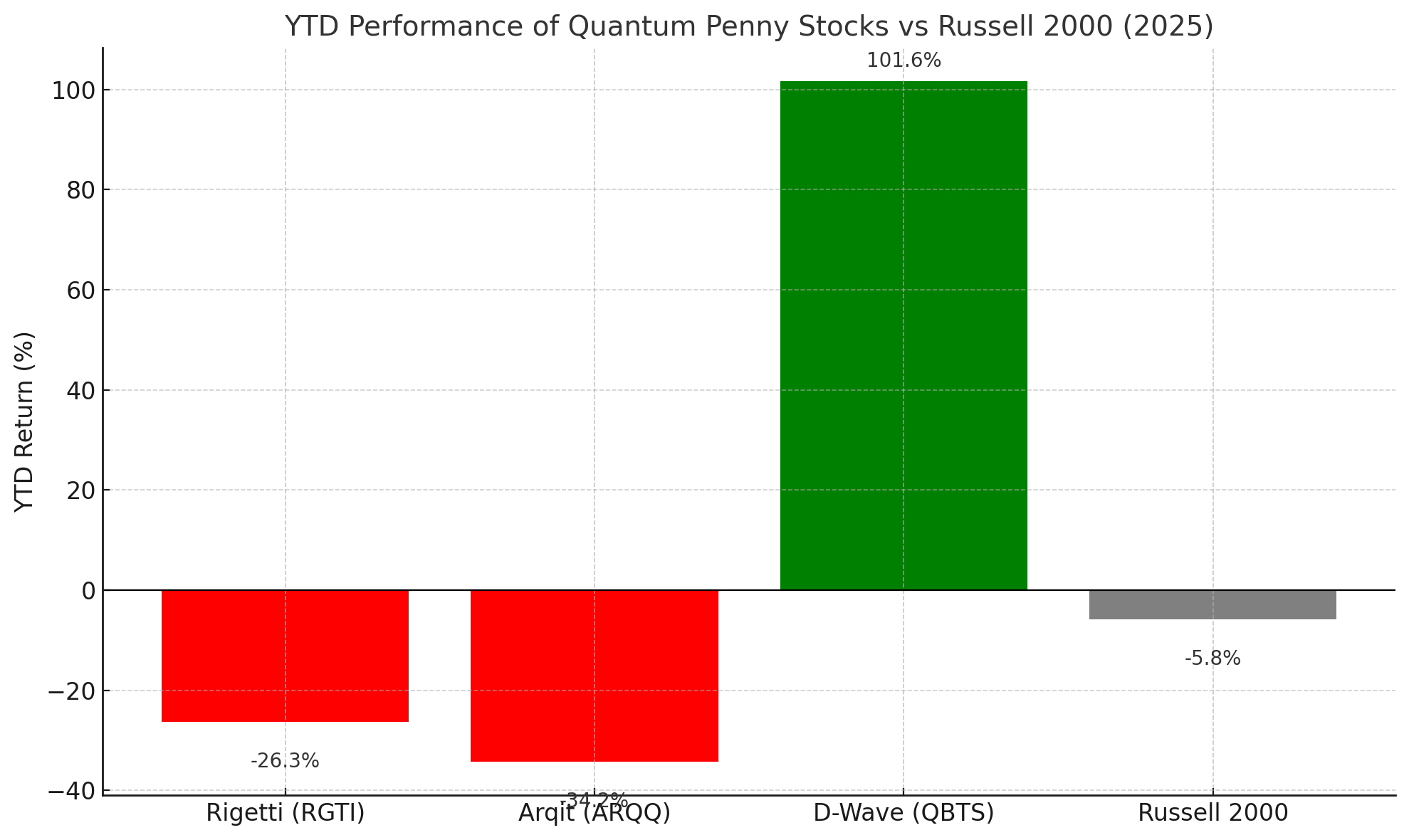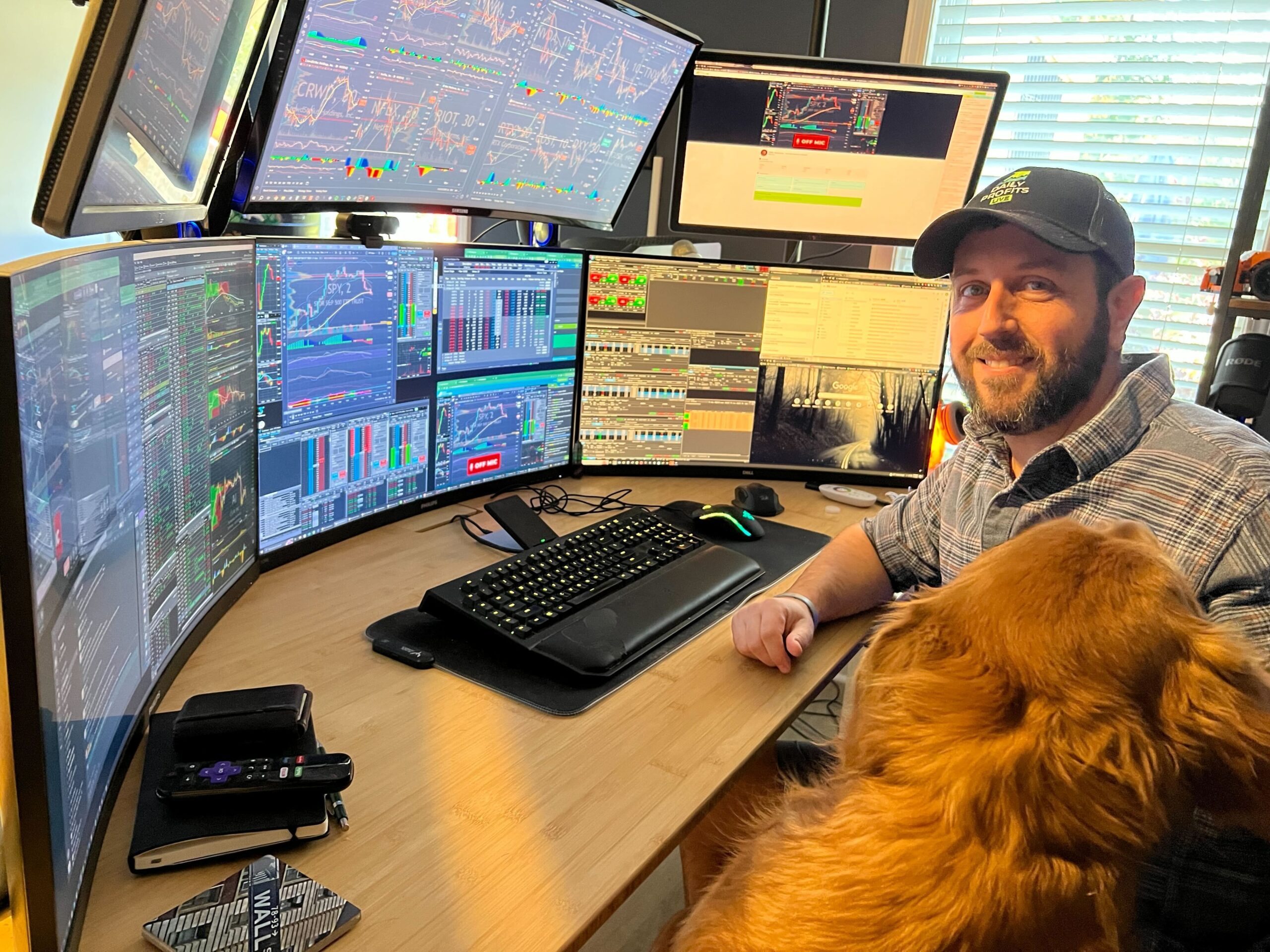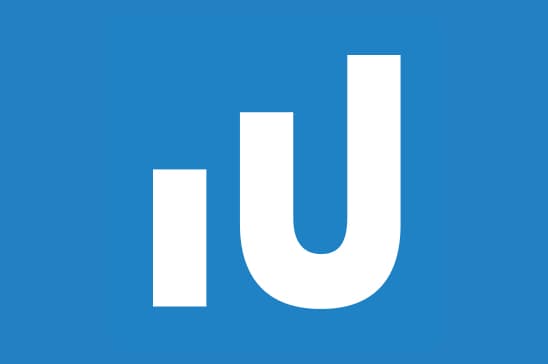Puts vs Calls Explained: When and why do you use these?
Options trading offers a vast array of strategies for investors and traders looking to gain from the stock market’s various movements and volatility. Among the fundamental concepts in options trading are “puts” and “calls”. These instruments are pivotal for anyone aiming to leverage their market predictions to potentially reap significant returns. This guide will detail what puts and calls are, their distinctions, uses, and strategic implementations.
Below we explain the key differences of Puts vs Calls.
Understanding Options Basics
Options are derivative instruments used to speculate on or hedge against the future price movements of an underlying asset, typically stocks. They’re typically used as a vote of confidence or safety net (with married puts), to either accelerate gains on a stock you think will go up or down, or protect your stock holdings against a black swan event.
- Option Contracts: An option contract offers the buyer the right, but not the obligation, to buy or sell an underlying asset at a predetermined price, known as the strike price, on or before a certain date, referred to as the expiration date.
- Premium: This is the price paid by the buyer to the seller (or writer) of the option. It’s influenced by various factors including the underlying asset’s price, strike price, time until expiration, volatility, and interest rates. Here’s a good resource on selling put options.
What Are Calls?
Call options give the holder (buyer) the right to purchase an underlying asset at a specified strike price within a set time period. Purchasing a call option is typically a bet on the asset’s price increasing.
Usage of Call Options
- Speculative Bets: Traders buy calls when they anticipate that the market price of the underlying asset will rise beyond the strike price before the option expires.
- Income through Writing Calls: Investors can write (sell) call options to generate income through the premiums received. This strategy works well in a flat or mildly bullish market.
- Hedging: Calls can also be used to hedge against a downturn in a portfolio that includes the underlying asset.
Example of a Call Option
Imagine Apple Inc. (AAPL) is trading at $150. A trader buys a call option with a strike price of $160 expiring in one month. If AAPL rises to $170, the call option will allow the trader to buy the stock at $160, realizing a profit based on the difference minus the premium paid.
Watch Nate Bear explain a call set up on Advanced Auto Parts below:
What Are Puts?
Put options grant the holder the right to sell the underlying asset at a specified strike price within a set time period. Purchasing a put option is typically a bet on the asset’s price decreasing.
Usage of Put Options
- Speculative Plays: Traders buy puts when they believe that the market price of the underlying asset will drop below the strike price before the option expires.
- Earning through Writing Puts: Writing (selling) put options can be a way to generate income through received premiums and potentially buying the stock at a lower price.
- Hedging: Puts are a common method to hedge against potential losses in a stock portfolio.
Example of a Put Option
If Tesla Inc. (TSLA) is trading at $800, a trader might buy a put option with a strike price of $750 expiring in three months. If TSLA drops to $700, the put option enables the trader to sell the stock at $750, thereby profiting from the decline, minus the premium paid.
Comparison of Puts and Calls
| Feature | Call Options | Put Options |
|---|---|---|
| Right | To buy the underlying asset | To sell the underlying asset |
| Market Expectation | Bullish (Expecting price to rise) | Bearish (Expecting price to fall) |
| Risk | Premium paid | Premium paid |
| Profit Scenario | When the stock price exceeds the strike price | When the stock price falls below the strike price |
Strategic Implementations and Considerations
- Covered Call: This strategy involves holding a long position in an asset and writing a call option on that same asset to generate premium income. It offers some protection against a decline in the asset’s price but limits the upside potential.
- Protective Put: A protective put involves buying a put option for an asset that you own. This is used to insure against a significant drop in the asset’s price, essentially setting a floor below which you will not lose more money.
- Straddles and Strangles: These are advanced strategies that involve buying a call and a put option simultaneously with different strike prices (strangle) or the same strike price (straddle), betting on volatility without predicting a specific directional move.
Conclusion
Puts and calls are fundamental components of options trading that offer traders and investors versatile strategies for profit and protection. Understanding the nuances between them and how they can be implemented to align with financial goals and market views is critical in maximizing their benefits.







